Medical Care
Winter First Aid Guide | Surviving The Cold Weather
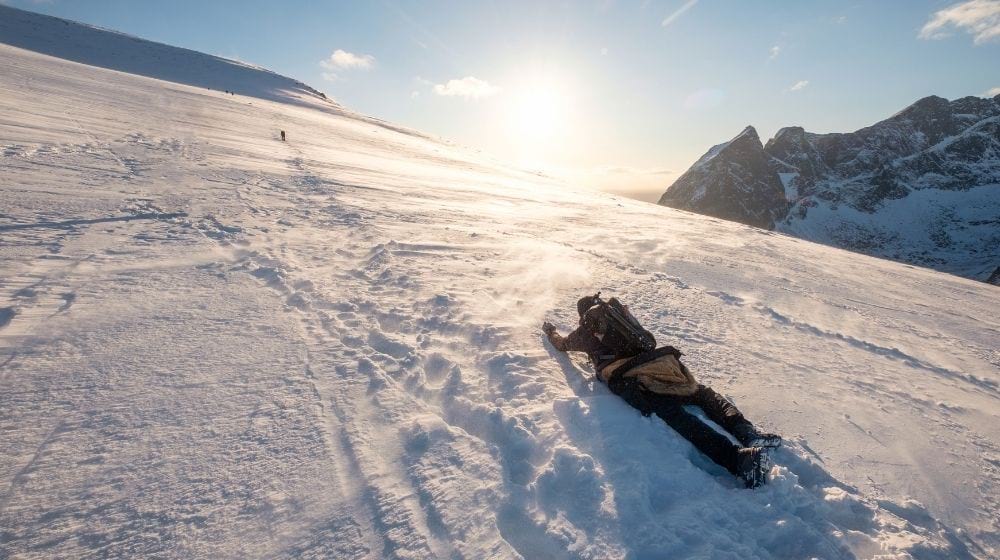
As fun as winter is, many things could go wrong hence the need for a detailed first aid guide for some of the most common cold-weather-related emergencies. You can never be too prepared, preppers.
In this article:
RELATED: Survival Tips: How to Prevent Hypothermia For Safe Trip
The Ultimate Winter Survival First Aid Guide
1. First Aid Guide for Frostbite
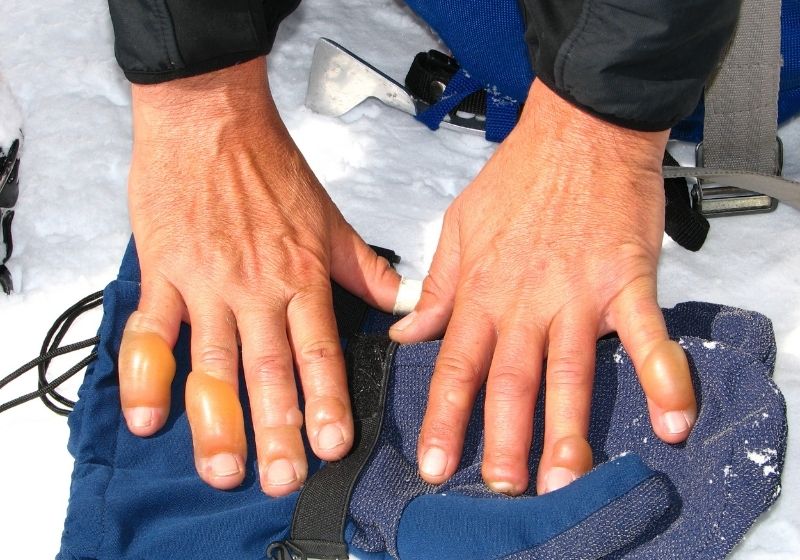
Frostbite is a cold-related emergency that mostly affects extremities such as fingers, toes, ears, and face. It mostly occurs due to unpreparedness to deal with cold weather, such as damp and thin clothing, lack of gloves, or layer to protect your face.
Frostbite Symptoms
Superficial Frostbite
- Hardened skin
- The skin on the affected area turns paler than the rest
- Stinging sensation or numbness
Deep Frostbite
- The affected skin and tissue become hard.
- The skin on the affected area turns mottled, blue, or black
- Complete loss of feeling on the affected area
First Aid
- Loosen any clothing or jewelry that may block blood flow to the frostbitten area.
- Once blood flow is restored, thaw the affected area using your own body heat or warm water.
- The next goal is to protect the thawed part with a dry piece of bandage by loosely wrapping it around to prevent further freezing. For toes or fingers, apply sterile gauze between them.
- Next, elevate the dressed areas above the heart’s level. Rehydrating with water or other fluids at this point will be helpful.
- After this first aid, help the affected person seek further medical attention by taking them to the hospital or calling for help.
Tips
- Never rub the affected area; handle it gently
- Don’t break any blisters
2. First Aid Guide for Hypothermia
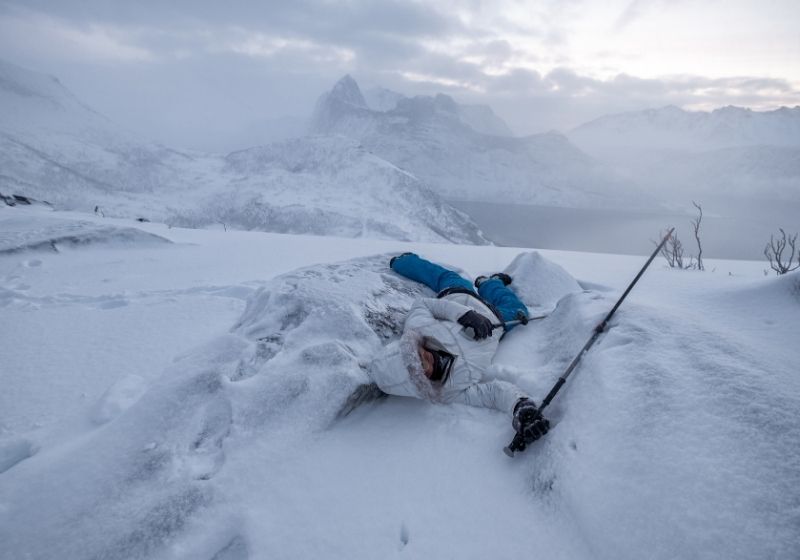
Hypothermia occurs when a person’s body temperature drops below 35°C as a result of being exposed to dangerously low temperatures. Older people and outdoor enthusiasts are more prone to getting hypothermia, but anyone exposed to low temperatures is susceptible.
Hypothermia Symptoms
- Slurred speech
- Shivering
- Slowed pulse rate
- Shortness of breath
- Bright red skin
- Lack of coordination or confusion
First Aid
- Cold Stress: Since the victim is responsive in this hypothermia stage, offer them warm and dry clothing to inhibit heat loss. Also, give them a high-calorie drink or food and encourage them to move about to increase heat production.
- Mild Hypothermia: Though the victim is alert and responsive in this stage, they often have impaired movement and shivers. To treat this, keep the victim still for at least 30 minutes before applying heat to their upper body in gentle movements. Next, have the individual lie down and insulate them as you call for help.
- Moderate Hypothermia: In this stage, the victim will most likely be responsive but not alert, coupled with impaired movement and lack of shivering. To help, apply heat to the upper body as the victim is lying down and is insulated. Be gentle with movements in this stage.
- Severe Hypothermia: Here, the individual is not responsive and is extremely cold. Call for help immediately and administer the same first aid you would perform to a victim in the moderate stage. You can perform CPR if you know how to.
Tips
- Always access the level of responsiveness, movement, shivering, and alertness to know which stage of hypothermia your victim is in
- Do not let a victim with moderate to severe hypothermia stand or walk
- Also, avoid giving them any food or drink
RELATED: Winter Survival Kit: The Prepper’s Guide To Winter Survival
4. First Aid Guide for Heart Failure
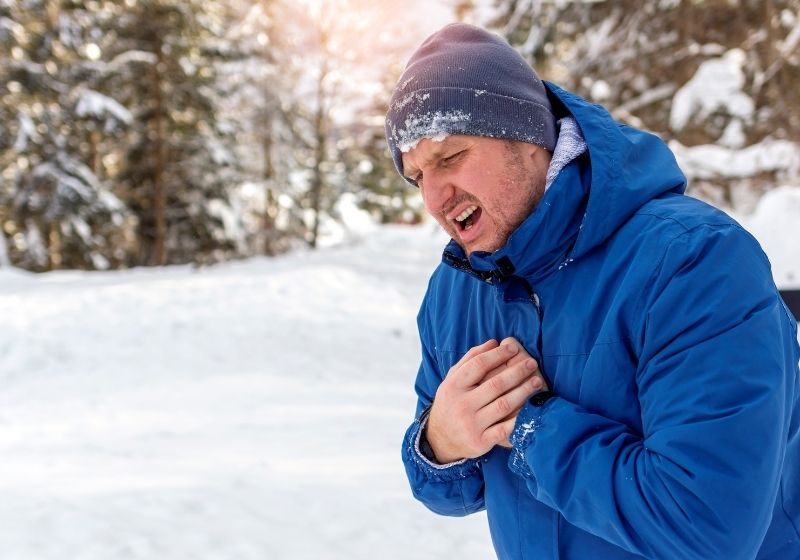
Like other parts of our bodies, our hearts also suffer the effects of exposure to extreme cold. Prolonged exposure to cold temperatures constricts the arteries, which leads to increased blood pressure.
While trying to keep up with the blood pressure and the cold, our hearts are likely to fail, leading to a heart attack and, even worse, a cardiac arrest. Dangerously low temperatures increase the risk of blood clots blocking arteries hence a heart attack that can easily progress to a cardiac arrest.
Heart Attack Symptoms
- Sweating
- Chest discomfort
- Lightheadedness or disorientation
- Pain in other parts such as neck, jaw, arms, and back
- Nausea
- Shortness of breath
Cardiac Arrest Symptoms: Before the Loss of Consciousness
- Weakness and fatigue
- Unconsciousness
- Chest pain
- Shortness of breath
- Dizziness
- Vomiting
First Aid
In case of these, call for help immediately before asking someone to retrieve an AED for you to begin performing CPR on the victim.
5. First Aid Guide for Sunburn
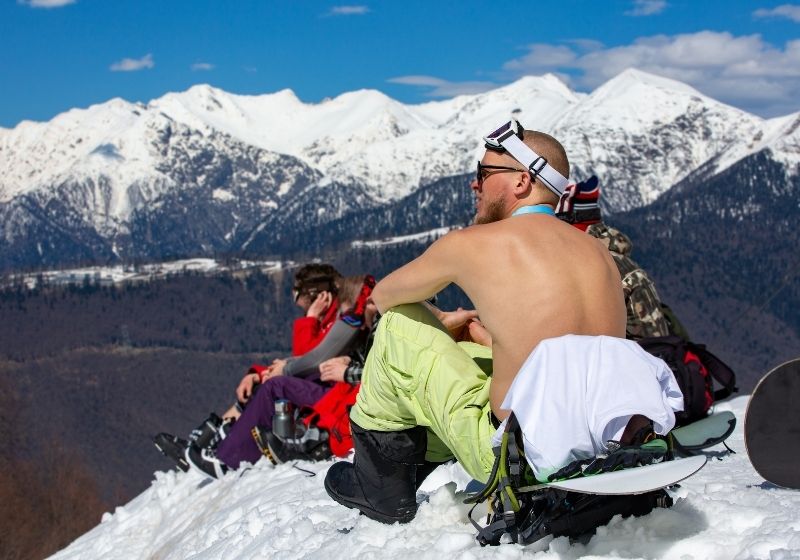
You may not realize it, but you are at risk of sunburn in winter as in summer, sometimes even more so. This is because snowy ground reflects more than 75% of the sun’s most harmful rays.
Sunburn Symptoms
- Swelling
- Blisters
- Tenderness in affected areas
- Headache
- Fatigue
- Fever
First Aid
- Put sunscreen on any body part that will be exposed to the sun.
- Wear protective clothing
6. First Aid Guide for Sprains
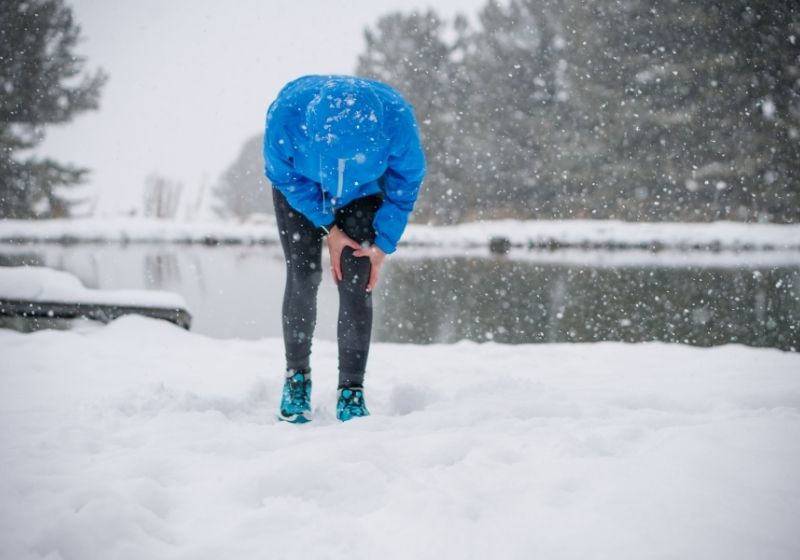
With ice covering a rocky and rough outdoor trail, fall accidents are likely to occur. While some will leave you with a few bruises here and there, others will stretch your tendons, joints, muscles, and ligaments and possibly break them.
Sprains Symptoms
- Pain
- Bruising
- Swelling
- Limited to no movement in the affected joint
First Aid
- Rest the injured leg. This means using support to keep weight off the limb for it to heal.
- Ice the injury to reduces swelling. Do this for 20 minutes every hour and use a piece of cloth to protect the injury from direct contact with ice.
- Compress the injury by wrapping a bandage around the limb. You can also use a specialized sleeve to reduce swelling and support the limb.
- Elevate the injured limb above the heart to prevent blood flow to the injured area, reducing the swelling.
Watch this video by ProCPR discussing the first aid guide for cold-related emergencies:
Winter is the perfect season for outdoor activities and expeditions. It is, however, important to be aware of potential dangers. Refresh your first aid skills now and then for potential cold-weather-related injuries, and you’ll be prepared for the worst that could happen.
Do you have a handy tip to add to this first aid guide? Let us know in the comments section below!
Up Next:
- How To Live In Your Car In The Winter
- Winter Storm Survival: How To Stay Warm And Survive The Cold
- How To Tie A Square Knot | Step-By-Step Instructions
Calling all preppers, craftsmen, bushmasters, outdoorsmen, and all-around skilled people, Survival Life needs YOU! Click here if you want to write for us.
Don’t forget to stay connected with us on Facebook, Twitter, Pinterest, and Instagram!
-

 Do It Yourself7 months ago
Do It Yourself7 months agoParacord Projects | 36 Cool Paracord Ideas For Your Paracord Survival Projects
-

 Do It Yourself9 months ago
Do It Yourself9 months agoHow To Make Paracord Survival Bracelets | DIY Survival Prepping
-

 Do It Yourself9 months ago
Do It Yourself9 months ago21 Home Remedies For Toothache Pain Relief
-

 Do It Yourself10 months ago
Do It Yourself10 months agoSurvival DIY: How To Melt Aluminum Cans For Casting
-

 Exports8 months ago
Exports8 months agoAre Switchblades Legal? Knife Laws By State

